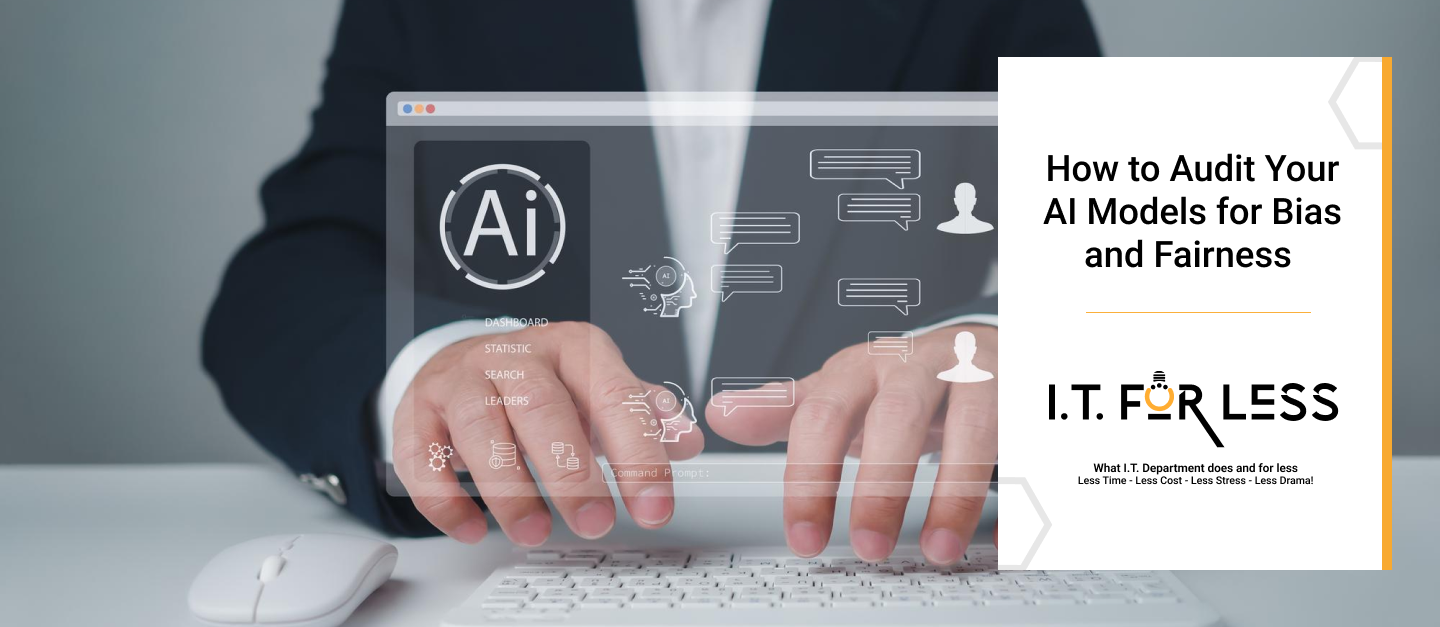As organizations scale their use of artificial intelligence, the need for bias detection and fairness auditing has never been greater. Understanding how to audit your AI models for bias and fairness is crucial in this landscape. AI models influence hiring, credit approvals, healthcare access, and countless other areas — meaning that hidden bias isn’t just a technical flaw, it’s a serious ethical and legal risk. Conducting regular AI audits helps ensure models make equitable, explainable, and compliant decisions across all use cases.
Understanding Bias in AI
Bias in AI arises when models learn patterns that unfairly favor or disadvantage certain groups. It can enter the system through unbalanced data, biased labeling, flawed assumptions, or even the way performance metrics are defined. Once embedded, bias can scale rapidly — automating discrimination and eroding public trust. That’s why understanding the sources of bias is the first step toward eliminating it.
Steps to Conduct an Effective AI Audit
A successful audit starts with data examination. Teams should assess the diversity and quality of training datasets, checking for representation gaps and labeling inconsistencies. Reviewing feature selection ensures that sensitive variables — such as gender, race, or age — don’t indirectly influence model outcomes.
Next comes model evaluation. Auditors use fairness metrics like disparate impact, equal opportunity, and predictive parity to quantify whether different groups receive equitable outcomes. Results should be documented, reviewed across teams, and compared against internal fairness thresholds or external regulatory benchmarks.
Finally, continuous monitoring is crucial. Even a fair model today can drift into bias as data or user behavior changes. Building automated monitoring pipelines allows for real-time alerts when disparities appear, ensuring fairness remains consistent over time.
Building a Culture of Fairness
Auditing isn’t just about compliance — it’s about creating a culture that values transparency and accountability. Cross-functional collaboration between data scientists, legal experts, and business leaders ensures that fairness isn’t treated as a one-time task but as an ongoing responsibility. Providing employees with training on ethical AI principles also promotes awareness and proactive risk management.
Turning Audits into Competitive Advantage
Organizations that prioritize fairness audits build stronger trust with customers, regulators, and partners. Transparent, bias-free systems don’t just meet compliance expectations — they improve business outcomes by fostering credibility and confidence. In an era where trust drives technology adoption, fairness becomes a differentiator.
Shape a More Responsible AI Future
Partner with I.T. For Less today and take the first step toward building an AI strategy that’s transparent, ethical, and trustworthy — keeping your IT flowing as effortlessly as your ambition.
